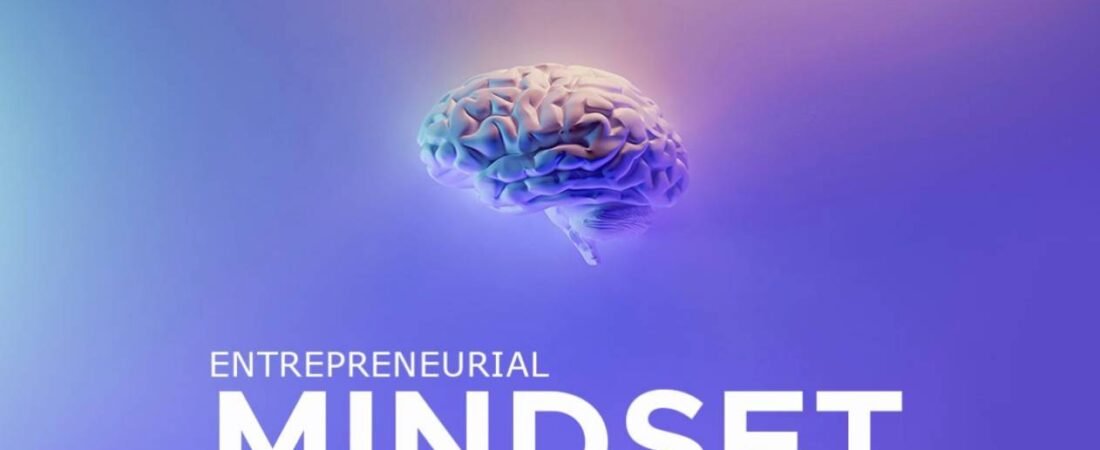Last Updated on October 11, 2025 by Vasid Qureshi CEO & Founder, Strategic Business Contributor
Exceptional achievement demands more than ambition—it requires a resilient mindset forged through adversity, vision, and relentless execution.
In this deep-dive case-study exploration, three world-class entrepreneurs reveal how elite mental frameworks propelled them from bold ideas to industry-shaping empires. By analyzing their groundbreaking decisions, psychological strategies, and unshakeable perseverance, you’ll uncover actionable lessons to architect your own elite mindset.
1. Elon Musk: Emancipatory Vision and Unyielding Persistence

Elon Musk’s journey from tech entrepreneur to space-pioneer exemplifies seeking autonomy and authoring transformative change. Frustrated by high launch costs and industry inertia, Musk declared, “I think we can build this rocket ourselves,” investing personal wealth to develop SpaceX’s Falcon rocket from scratch. After three failed launches and dire cash shortages, he famously vowed, “I will spend my last dollar on these companies. If we have to move into Justine’s parents’ basement, we’ll do it,” embodying antifragility and absolute commitment. When his fourth launch succeeded in 2008—just in time before bankruptcy—Musk transformed SpaceX into the world’s first privately funded rocket company to reach orbit. His emancipatory entrepreneuring approach demonstrates:
- Declarations of intent: Bold public commitments to inspire teams and stakeholders.
- Perseverance under pressure: Embracing low odds when objectives carry outsized importance.
- Reframing constraints into liberation opportunities, aligning profit with audacious social missions.
Key Takeaway: Design your ventures around imperatives that align control, autonomy, and societal impact. Publicly declare transformative goals to galvanize commitment and attract resources.
2. Sara Blakely: Bootstrap Boldness and Customer-Centric Innovation

Sara Blakely’s Spanx story illustrates resourceful prototyping and customer-obsessed iteration. Armed with just $5,000 savings, she cut pantyhose feet off to test a shapewear concept, wrote her own patent, then flew to Neiman Marcus with a single prototype. Despite initial rejections, her persistence earned shelf space; Oprah’s 2000 endorsement vaulted Spanx to $10 million in revenue within months. Blakely refused outside funding to retain 100% equity, reinvesting every dollar into product development and marketing. Her hyper-focus on real customer pain points led to:
- Lean experimentation: Rapid prototyping without external investment.
- Viral endorsements: Leveraging authentic “before-and-after” marketing to build trust.
- Equity control: Prioritizing long-term vision over accelerated growth.
- Mission expansion: Evolving Spanx into a social-impact platform through the Sara Blakely Foundation.
Key Takeaway: Bootstrap core experiments to validate customer value before scaling. Hold equity to maintain strategic flexibility and reinvest in continuous innovation.
3. Indra Nooyi: Quiet Conviction and Purpose-Driven Reinvention

Indra Nooyi’s tenure as PepsiCo CEO showcases visionary strategy anchored in values. In 2006 she launched “Performance with Purpose,” shifting PepsiCo’s portfolio toward healthier products and embedding sustainability into operations. Facing internal resistance, Nooyi didn’t rely on forceful rhetoric—instead she clarified inevitability through data and calm conviction. Her long-term focus yielded:
- Over 50% “Better for You” product portfolio by 2018
- Significant improvements in water and energy efficiency
- A 162% total shareholder return outperforming the S&P
Nooyi’s quiet steel leadership combined rigorous research on consumer trends with empathetic team engagement. She prioritized cultural understanding—completing intensive China seminars including sessions with Henry Kissinger—to lead global expansions effectively. Her approach underscores:
- Strategic patience: Balancing relational loyalty with decisive restructuring
- Values alignment: Demonstrating that profit and purpose are mutually reinforcing
- Continuous learning: Investing in deep contextual education before market entry
Key Takeaway: Lead with data-driven purpose and unwavering calm. Embed social responsibility into core strategy for sustainable, value-based growth.
Building Your Own Elite Mindset Architecture
These case studies converge on three foundational elite-mindset pillars:
- Emancipatory Purpose: Declare audacious, personally meaningful goals to align motivation and resource mobilization.
- Relentless Experimentation: Embrace low-cost prototyping and iterative feedback to validate innovations under real-world conditions.
- Values-Driven Resilience: Combine rigorous data analysis with mission alignment to sustain perseverance and strategic agility.
Your Action Plan:
- Identify a constraint you can transform into an opportunity—then declare your intent publicly.
- Bootstrap rapid experiments to test core assumptions, reinvesting learnings immediately.
- Embed a “Performance with Purpose” framework: align every metric and decision with long-term societal impact.
- Schedule daily “mind-gym” rituals: early strategic planning, focused deep work blocks, and reflective learning sessions to reinforce elite cognitive patterns.
The elite mindset is not an innate gift but a designed system. Through deliberate practice, you can rewire your psychological architecture—cultivating antifragility, cognitive flexibility, and unwavering purpose. Today’s small, bold choices compound into tomorrow’s transformative breakthroughs.
The question isn’t whether you can achieve elite performance—it’s which first bold step you’ll take now.
Suggested reads: Unlocking the Secrets of the Elite Mindset: Your Daily Inspiration

